Will COVID-19 Spell the End of Outdoor and Environmental Education?
The pandemic has been devastating to the field, according to a recent survey
/https://tf-cmsv2-smithsonianmag-media.s3.amazonaws.com/filer/ee/25/ee250717-909d-46e0-9912-33693a3ae750/thompson_island_outward_bound_education_center.jpg)
For 49 years, students at Rancho El Chorro Outdoor School, tucked in the San Luis Obispo hills above the California coast, learned about science and ecology by investigating tidepools and dissecting squids.
“Everything was experiential,” says Celeste Royer, Rancho El Chorro’s Director of Environmental Education. “Getting these kids out into the natural environment, giving them a chance to explore, inspiring them to want to know more—it’s so unique from their traditional classroom experience. It’s a learning environment that can’t be replicated inside.”
But after a two-month closure due to COVID-19, Rancho El Chorro permanently shut down as of May 2020.
The COVID-19 closure in March came during the school’s most profitable season, its residential programming, where students stay for a week of outdoor learning at the Rancho El Chorro campus.
“My bread and butter comes through the residential programs,” Royer says. “We lost hundreds of thousands of dollars by not being able to run those.”
With a resulting half million dollar deficit, the superintendent of the San Luis Obispo County Education Office, which oversees all supporting educational programs for the district, made the decision in early May to shutter the outdoor school that serves about 7,000 students annually from five different counties.
Though Royer expressed disappointment and surprise at the decision, Rancho El Chorro is not alone. According to a recent policy brief by University of California, Berkeley’s Lawrence Hall of Science, which surveyed nearly 1,000 environmental education and outdoor science schools that serve primarily K-12 learners, 63 percent of such organizations are uncertain whether they will ever open their doors again, if pandemic restrictions last until year’s end.
These organizations are nature centers and preschools, parks, zoos, aquariums, museums and residential outdoor science schools like Rancho El Chorro. This spring, if not for COVID-19, they would have collectively served four million students across the United States. By December of 2020, an estimated 11 million students will have missed out on these experiences.
Craig Strang, the Associate Director at the Lawrence Hall of Science and an author of the brief, says that the survey was born out of an impromptu webinar with program leaders in March to discuss the unforeseen impacts of COVID-19. As a public science and research center, the Lawrence Hall of Science designs curriculum and supports professional development for different educational organizations around the country.
“We started to hear these devastating stories, one after the other, about programs shutting down, sending revenue and tuition back to schools that were not going to be able to participate, laying off their entire staff on one week notice, and people telling us, ‘If this goes on for more than a few weeks, I don’t think we’re going to be able to survive,’” Strang says. It suddenly felt like the field was on the verge of extinction.
The survey results, which were released in early June, confirmed the stories. As of May 2020, participating organizations lost an estimated $225 million and furloughed or eliminated 12,000 staff members. Those numbers are anticipated to increase to $600 million and 30,000 staff by the end of the year, and this data only represents a small subset of the field, as Strang estimates there are thousands more of these organizations throughout the U.S.
The Benefits of Outdoor Science Education
Environmental and outdoor learning boasts an array of scientifically-proven benefits for students, from increased environmental stewardship and awareness, to improved social, academic, physical and psychological health. Nature deficit disorder, as coined by author Richard Louv in his 2005 book Last Child in the Woods, is the idea that many behavioral problems and challenges facing our students, such as reduced attention spans and obesity, are actually caused by lack of time outdoors. Nature-based learning has shown to be more effective than traditional teaching, to increase attention spans and to reduce stress. It’s no surprise then that pediatricians have started prescribing time outdoors to children.
Students from communities of color have less access to natural spaces, which means that the loss of environmental and outdoor programming is also an issue of equity. An estimated 58 percent of the students impacted by cancellations of the programs in the Lawrence Hall of Science’s survey are from marginalized communities, including English language-learners and those eligible for free and reduced lunch. These are students whose access to outdoor spaces is likely already limited and possibly further exacerbated by the pandemic, and whose communities are disproportionately impacted by COVID-19.
“There’s the perception that these programs are designed by and for white people,” Strang says. While this perception certainly has its merits, the field has made significant strides in the past decade to offer more accessible and equitable educational experiences through community partnerships, scholarships, fee waivers and the like, gains which Strang fears will be undone as organizations seek to prioritize their bottom lines.
Thompson Island Outward Bound Education Center combines outdoor recreation and skillbuilding with field science instruction on a 204-acre island in Boston Harbor. It serves primarily students from the Boston Public School District through a mix of offerings, such as residential programs for middle schoolers, summer backpacking and kayaking expeditions, and employment and STEM skills training for high schoolers through its Green Ambassadors program. Participants cultivate their scientific thinking often over multiple trips and years of going to Thompson Island.
Nikkida Tabron, Chief Education Officer at Thompson Island Outward Bound Education Center, became involved with the organization to build students’ academic and social-emotional growth in the outdoors. “It was really important to me as a person of color to provide more access to kids who look like me, who don’t necessarily have access,” she adds.
Thompson Island’s programming is generally free to schools and students, funded by philanthropy, and by the weddings, conferences and special events hosted on the island—events which, unfortunately, are difficult to run with COVID-19. Currently, all in-person educational programming is on pause at Thompson Island, with their summer Green Ambassadors training happening digitally.
Residential Outdoor Science Schools Are the Hardest Hit
Residential outdoor science schools, which comprise a quarter of the survey respondents, will likely be hardest to reopen, because they present conditions that make social distancing difficult—such as transportation to remote campuses via bus (or boat, in the case of Thompson Island), close sleeping quarters in bunk rooms or tents, and eating in communal spaces like dining halls.
While most of these programs are currently completely shut down, the National Outdoor Leadership School (NOLS), the nonprofit global wilderness school that operates worldwide, is piloting programs this summer with new social distancing precautions.
NOLS suspended all its programming in March, evacuating 158 students in five countries from the field. In early April, they laid off 60 percent of all their employees. Because of the large size of the organization, they did not qualify for PPP loans.
“NOLS is a very conservative and frugal organization,” says Rachael Price, the organization’s Director of Operations. “We had saved cash reserves for a rainy day. This was a huge hurricane.”
Eighty to 95 percent of NOLS’ income comes from student tuition. Donor contributions and downsizing to only essential functioning—which “becomes pretty brutal when you don’t have 90 percent of your income,” Price says—is what is keeping them afloat during this time.
This summer, NOLS is running 20 percent of their normal capacity out of a single location in Lander, Wyoming, with an array of new practices based on the assumption that every person is an asymptomatic carrier of COVID-19. These protocols include smaller class sizes, socially distant transportation options and participants always standing six feet apart. Masks will be worn in moments where closer contact is necessary, such as a river crossing where students must hold onto each other. In addition to impeccable hand-washing and hygiene practices, students will undergo daily health screenings and have individual sleeping arrangements in the field.
“We didn’t have to operate in order to survive,” she says. Being in that position allowed NOLS to think critically about why they should resume, and ultimately, led them to conclude that their programming was as essential as ever.
“The value of a NOLS education in terms of leadership and independence, all the things that kids learn from outdoor education, is so crucial to dealing with challenges and uncertainty in a dynamic environment,” Price says.
Silver Linings
Amidst the chaos, there are opportunities. As organizations recover and re-staff vacancies, they could hire educators of color who better reflect the communities they serve. In 2019, The Lawrence Hall of Science released a study examining equitable workspaces in the field of environmental education, with specific recommendations to advance equity and inclusion, particularly around hiring and supporting staff of color.
Programs could also strengthen their partnerships with local schools by deploying educators into school systems. "This is happening at a time when public health leaders are promoting the value of outdoor learning as safe, engaging, effective and essential," Rena Dorph, director of the Lawrence Hall of Science, said in a press release. Both Thompson Island and Teton Science Schools in Jackson, Wyoming, are considering how they can bring their teaching to students, rather than having the students come to them.
“We have experienced educators, we have some funding we can bring to the relationship, and we’re really interested in supporting the potential pathways schools have for opening next year,” says Joe Petrick, the Head of Field Education at Teton Science Schools, which teaches students of all ages through nature-based, day and overnight programs.
While the Teton Science Schools’ residential programming has been cancelled through 2020, Petrick says that their AmeriCorps members could support local schools digitally, or their outdoor educators could go to schools and take kids outside into play yards or nearby parks.
As schools across the U.S. look to reopen in the fall, they face some serious constraints. They need to lower class sizes to allow for social distancing, but most don’t have enough classroom space. Many are considering staggered schedules and hybrid learning models where students spend part of the week in school and part at home in unfacilitated independent learning.
Of course, that presents challenges for parents or guardians who work or otherwise can’t supervise their children’s learning, just as digital learning this spring exposed fundamental inequities for students who didn’t have access to reliable technology or the internet. Meanwhile, Strang says, “We’ve got this whole field that’s shut down with 30,000 employees who are trained, skilled, enthusiastic, dying to work with kids in the outdoors, and who could extend the amount of space available by taking kids outside.”
Yet these solutions and much of the future of outdoor science education depends on traditional schools, donors, philanthropists, policy makers, and the broader academic world seeing outdoor learning as a legitimate and necessary component of our educational systems, deserving funding and support.
Many still see these programs as a luxury—educational experiences that are nice, but ultimately unnecessary.
According to Celeste Royer, that’s a short-sighted mindset.
“In addition to a pandemic and social injustice, we have climate change. We have a host of environmental issues to deal with. We need to have an educated student body growing up into adults that are going to help us with solutions to these problems,” Royer says.
Royer is retiring after 40 years in the field of environmental education. Twenty-two of those years were spent at Rancho El Chorro. It was a planned retirement, but she’s leaving knowing there are still many challenges ahead for this work.
“What we do can’t be extra anymore,” she says. “It needs to be right along there with everything else that gets taught.”
/https://tf-cmsv2-smithsonianmag-media.s3.amazonaws.com/accounts/headshot/Drew_Higgins.jpeg)
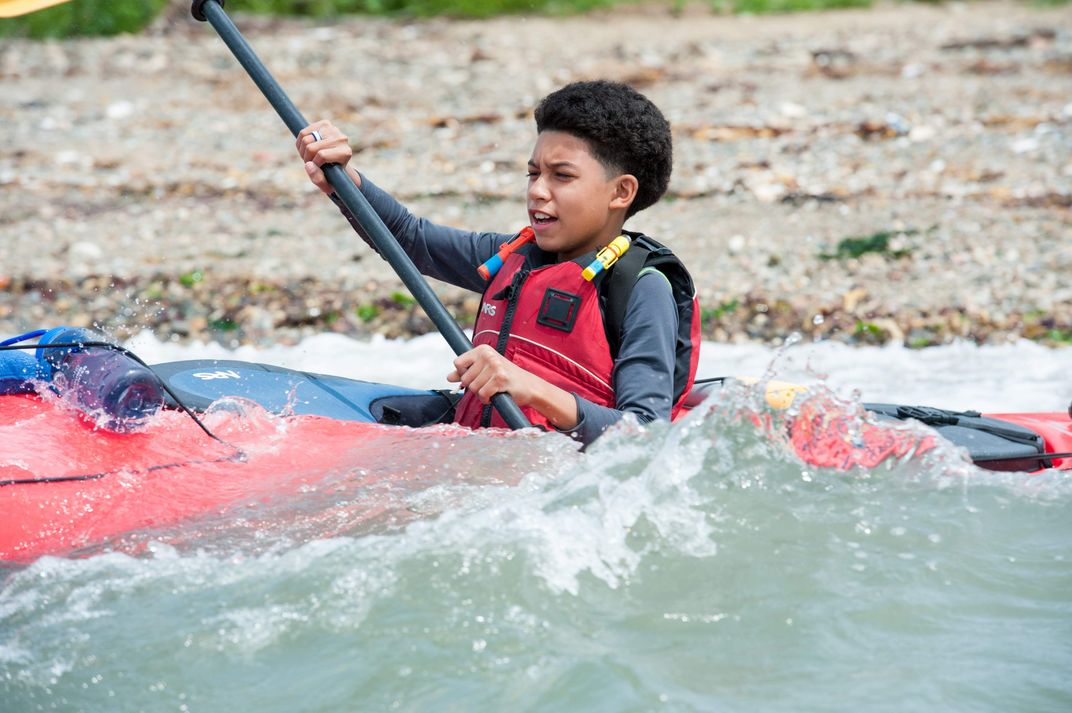
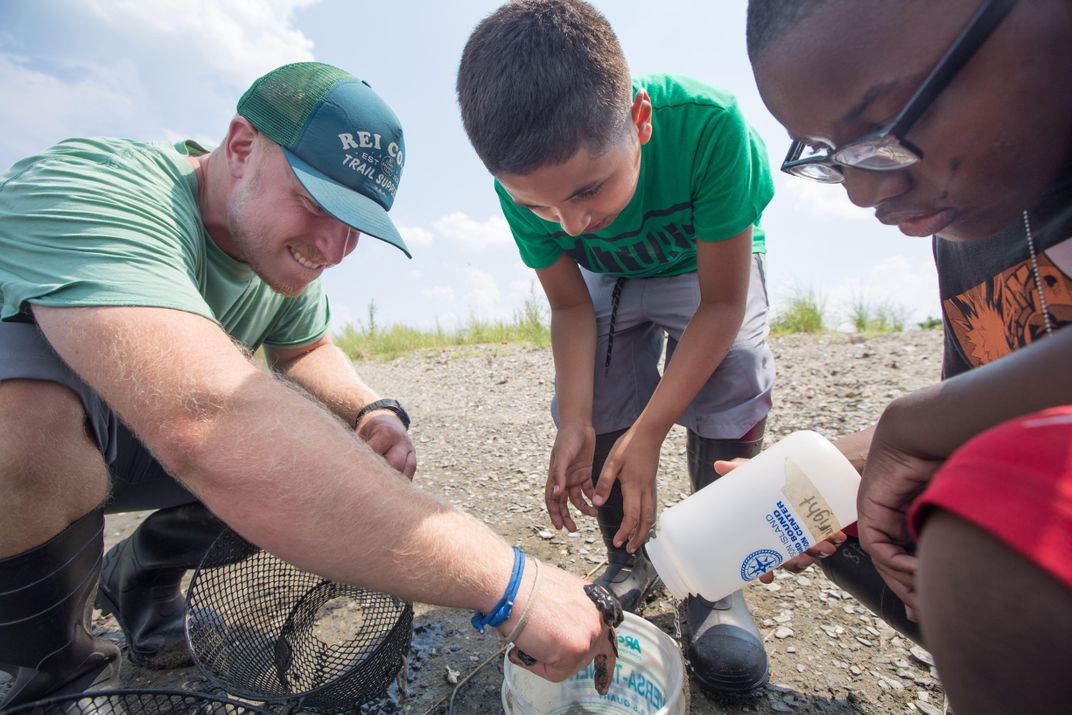
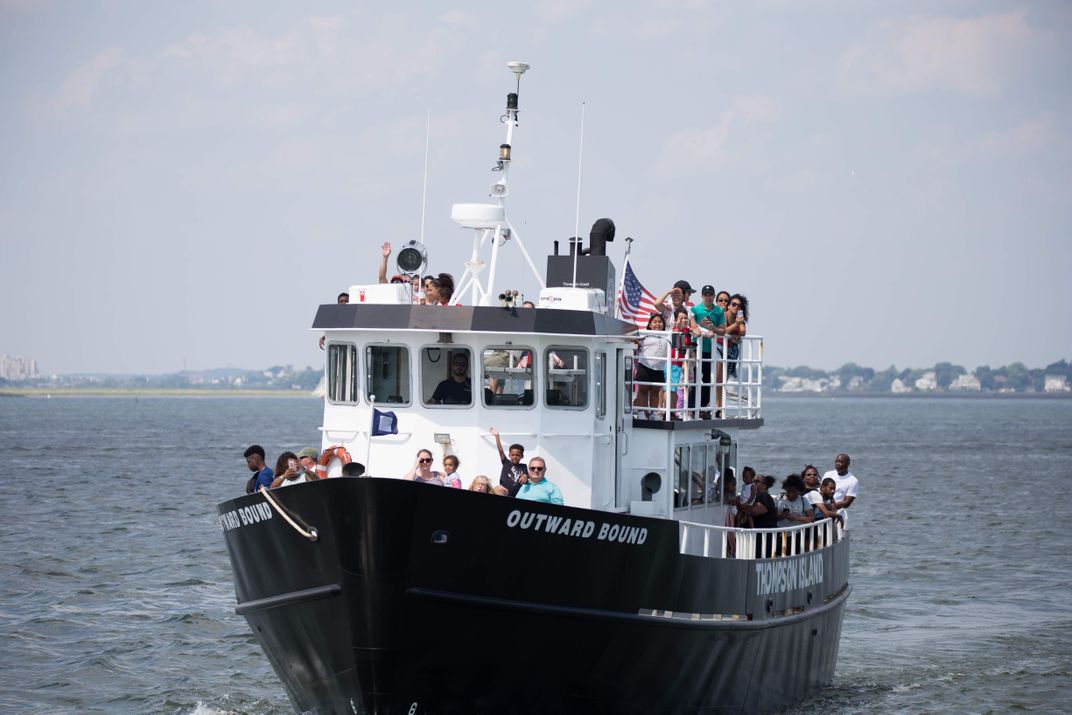
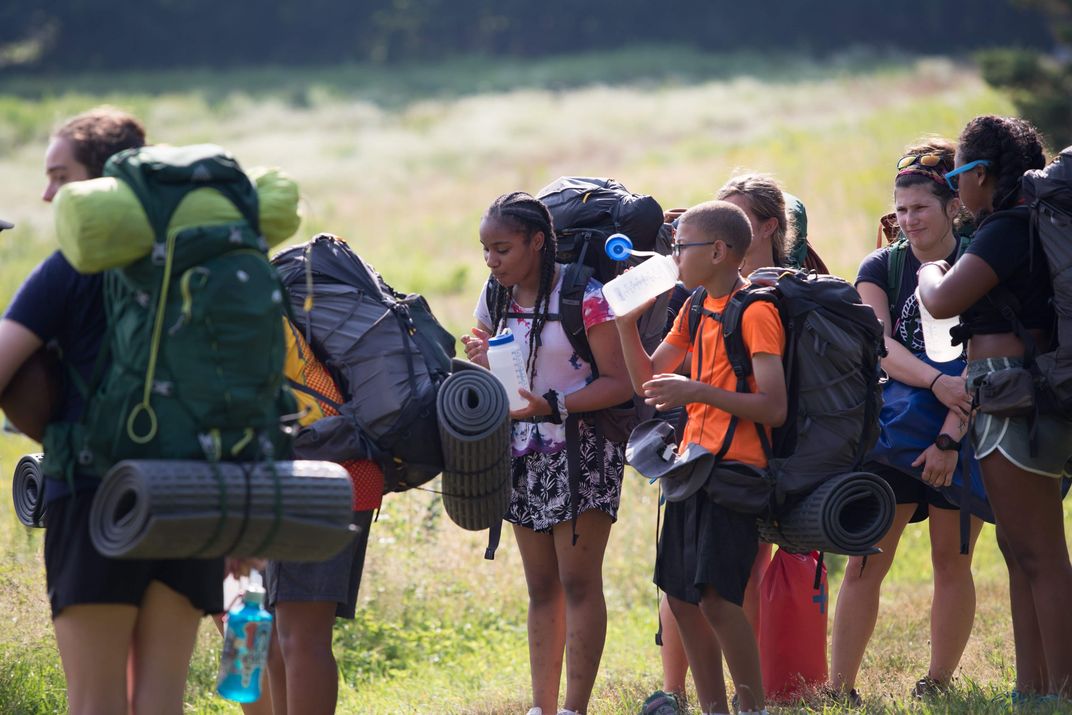
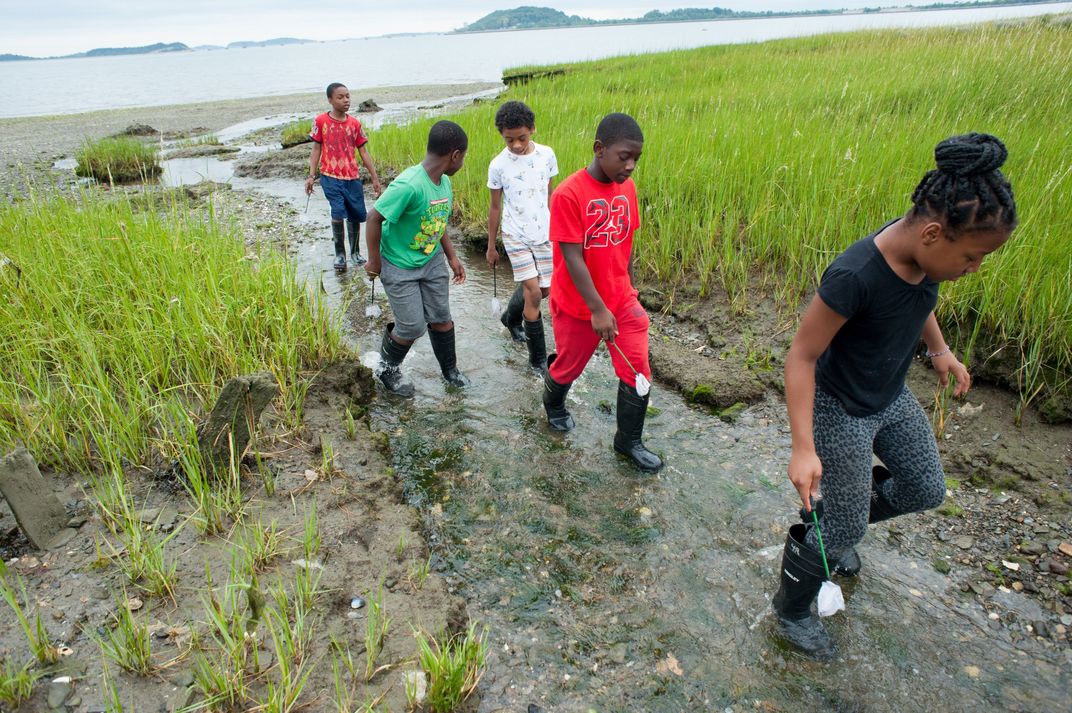
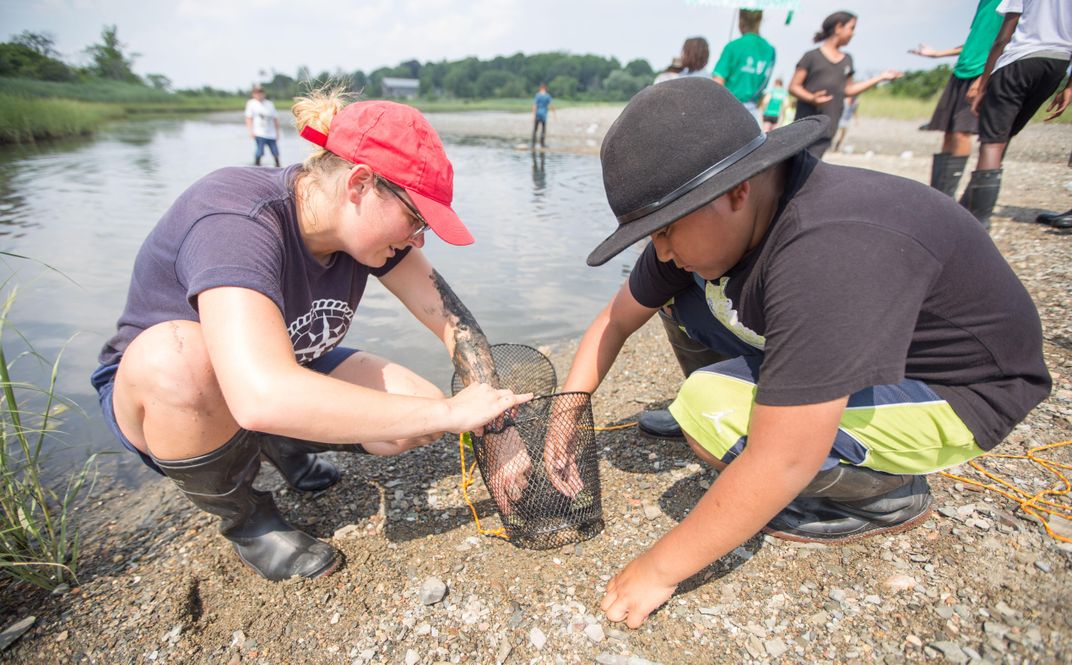
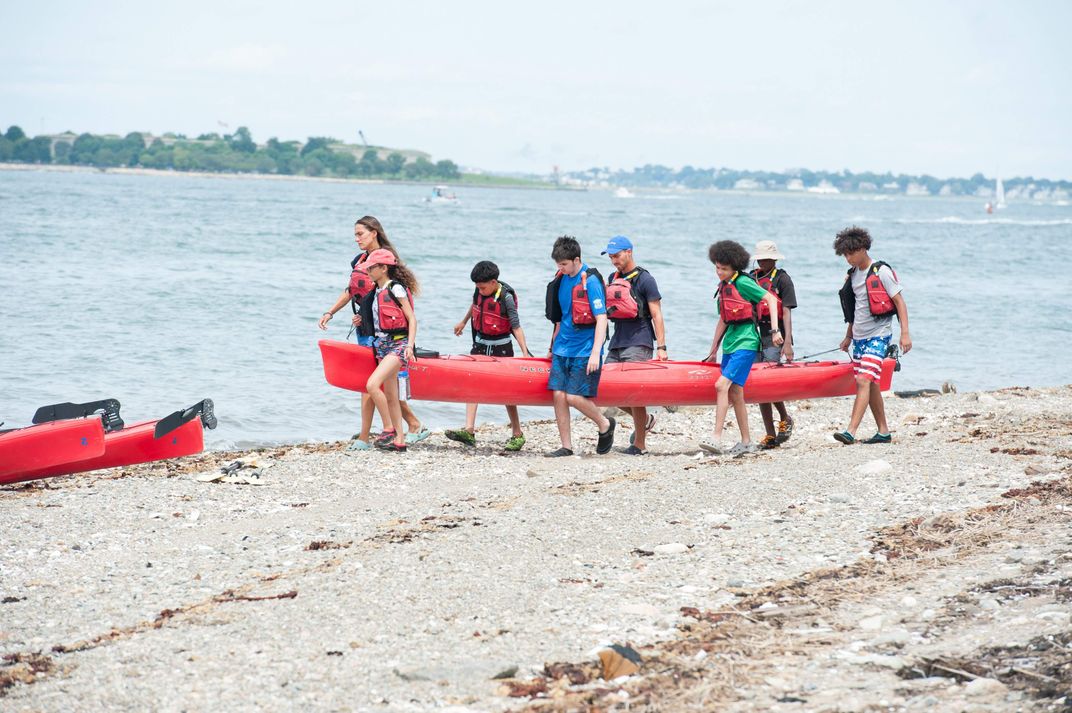
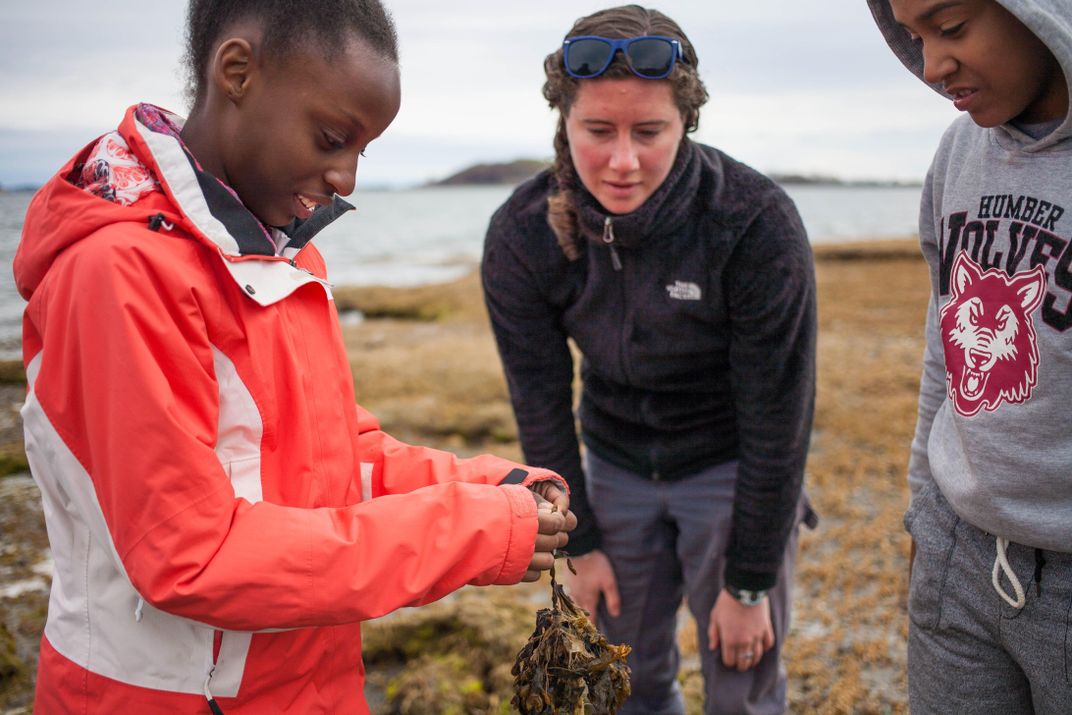
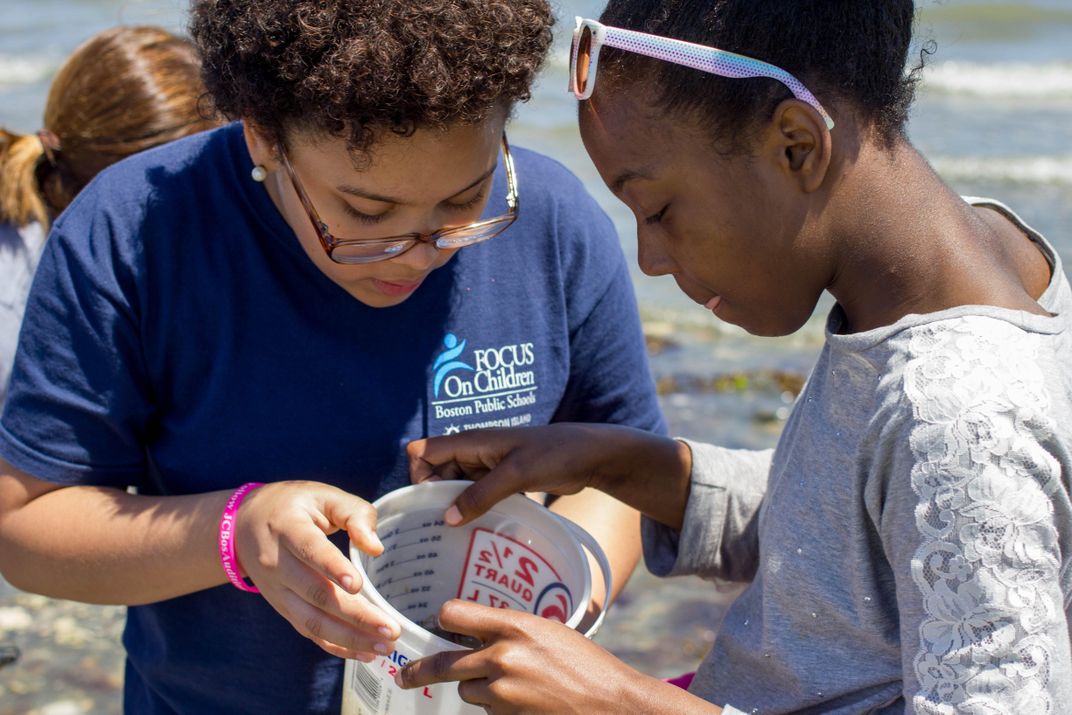

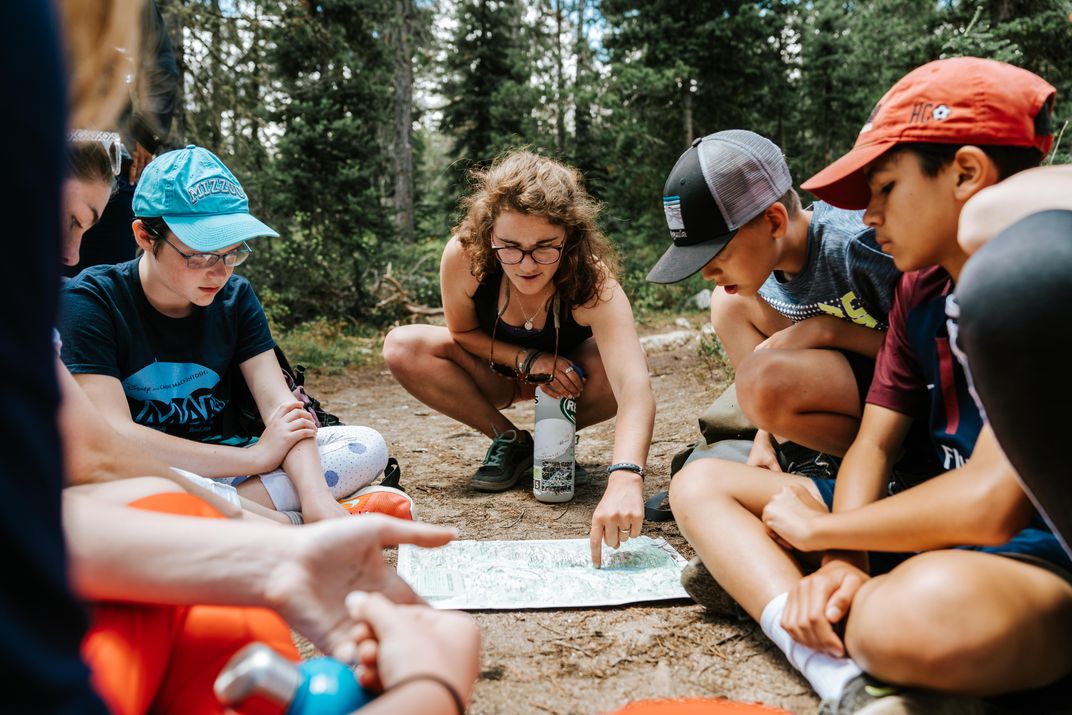
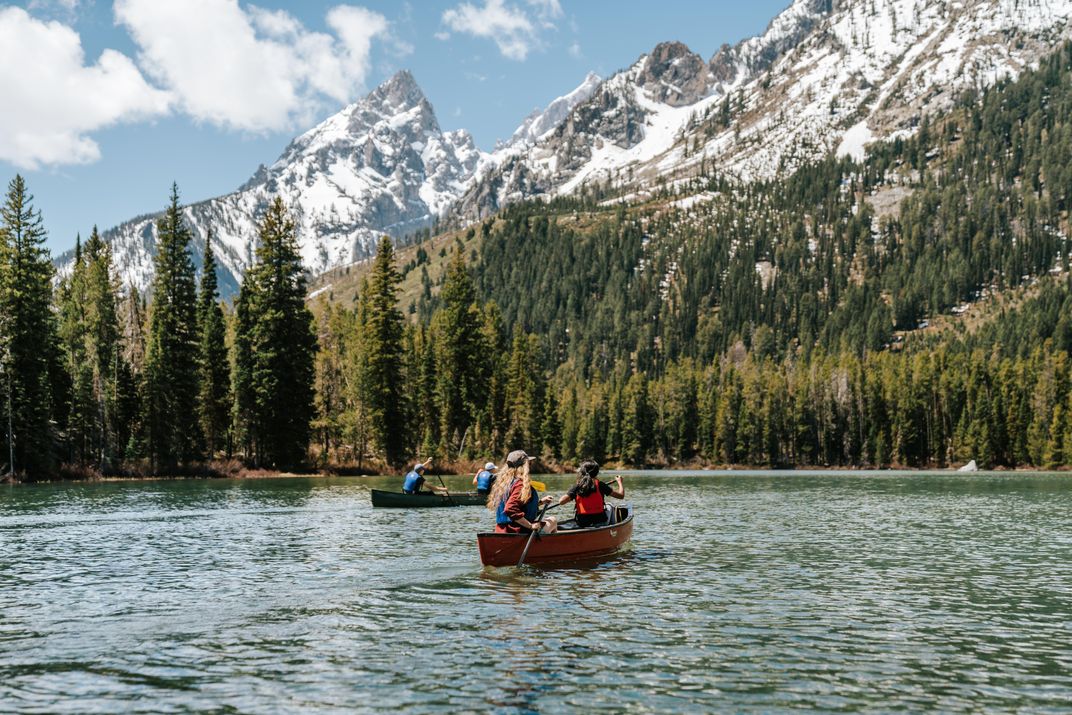
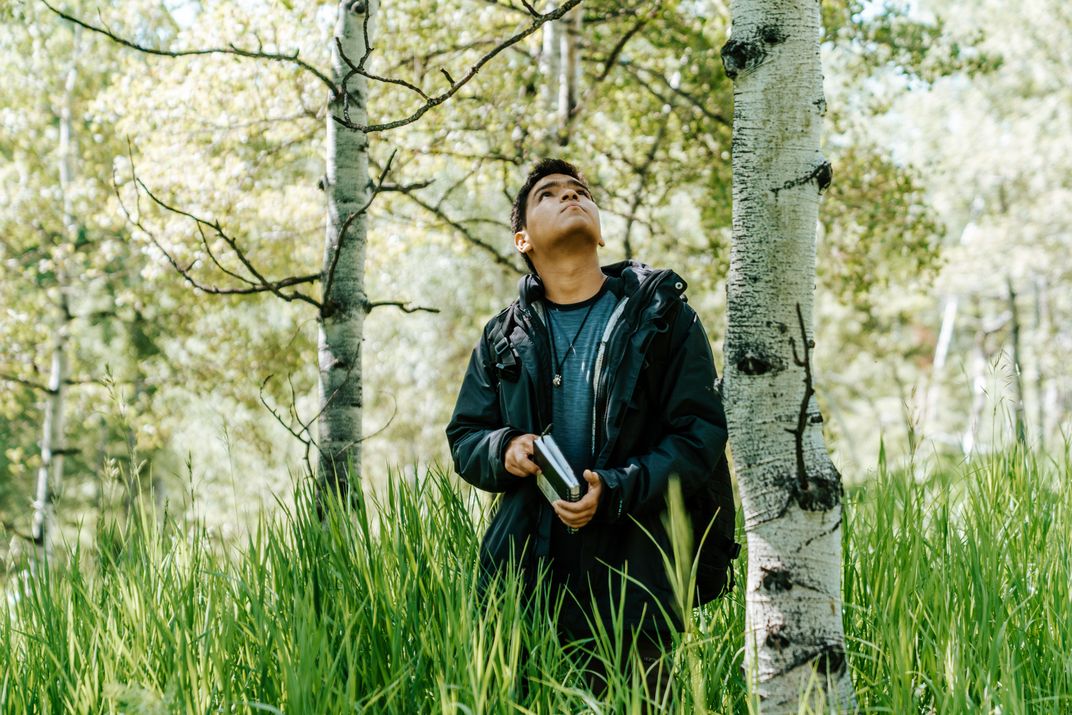
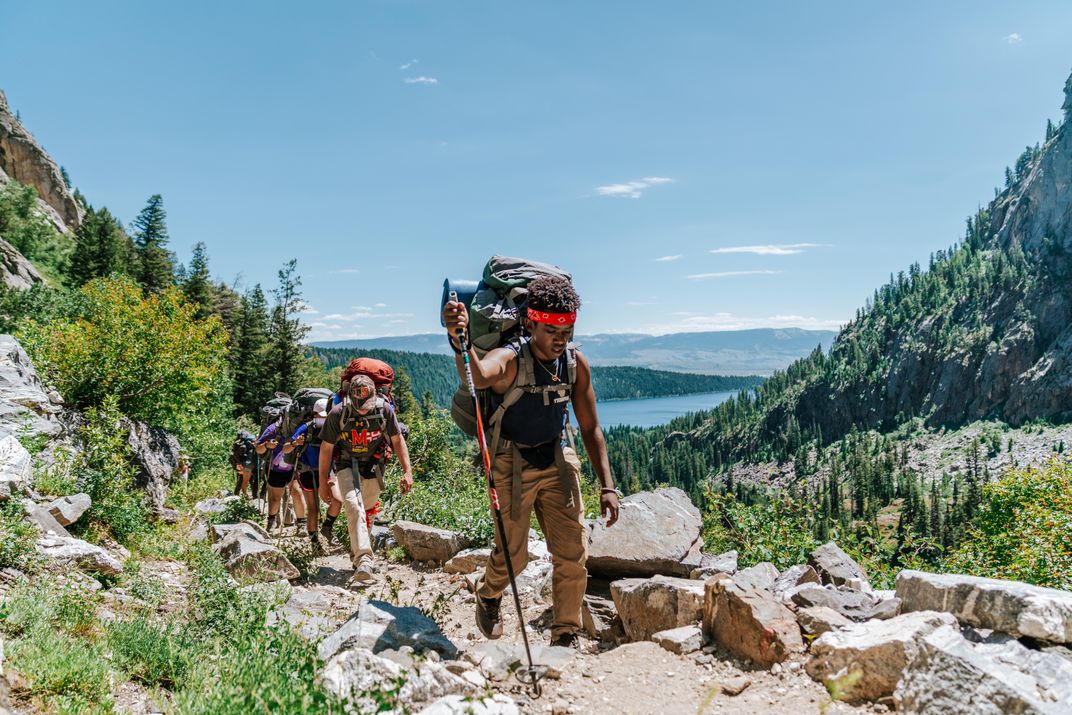
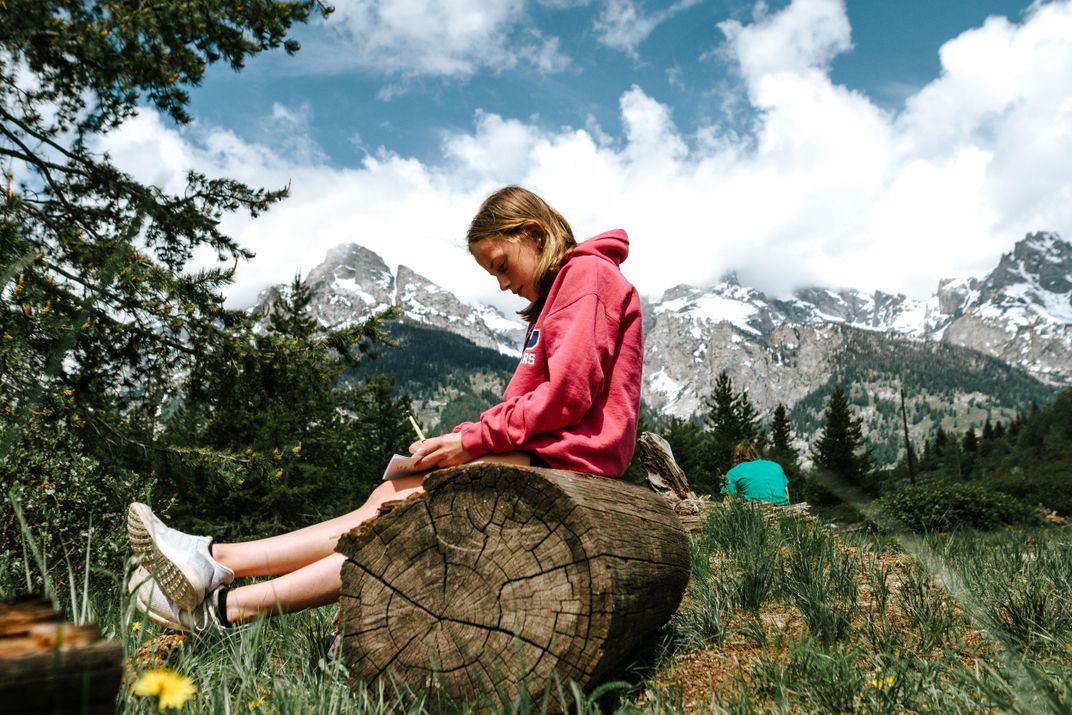
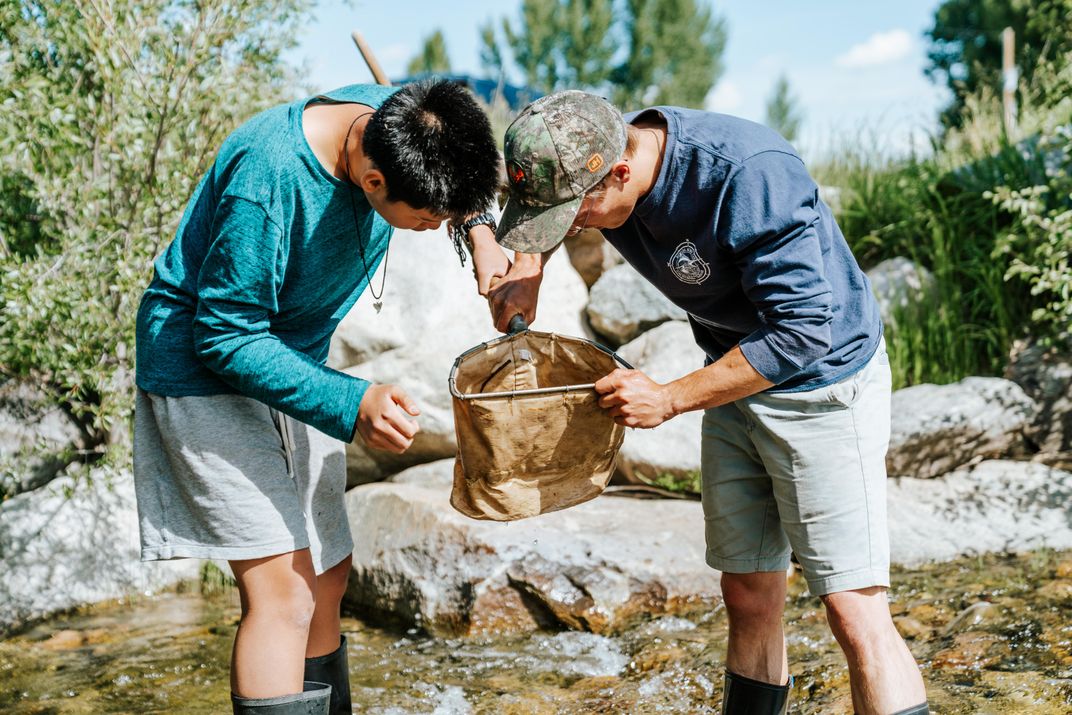
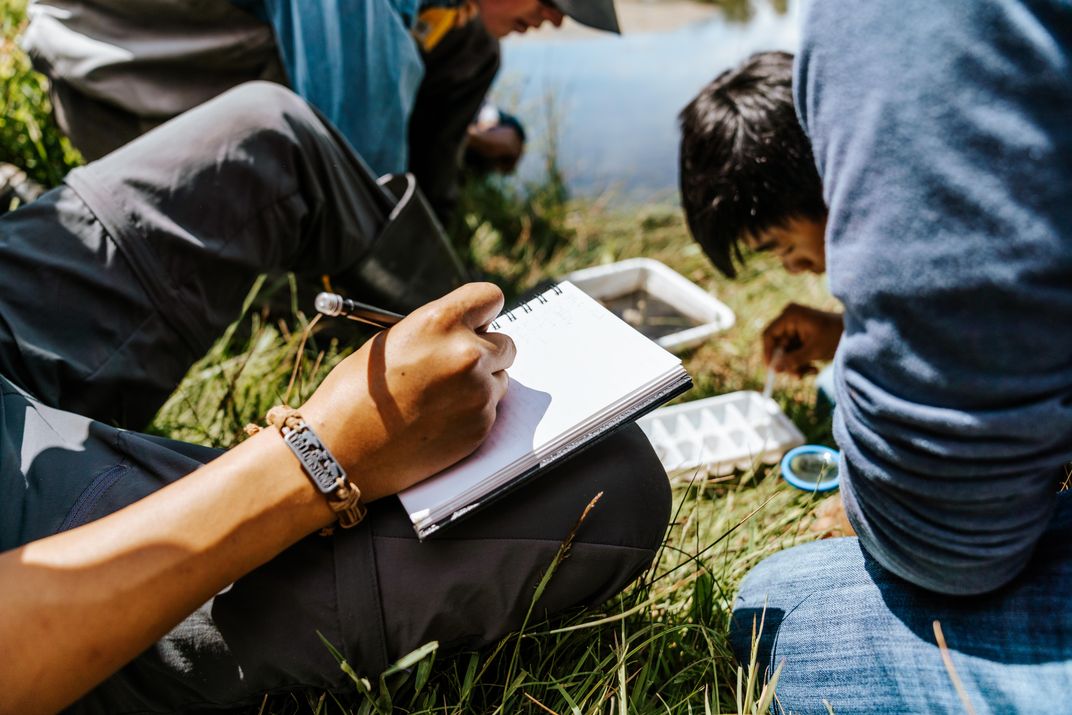
/https://tf-cmsv2-smithsonianmag-media.s3.amazonaws.com/accounts/headshot/Drew_Higgins.jpeg)